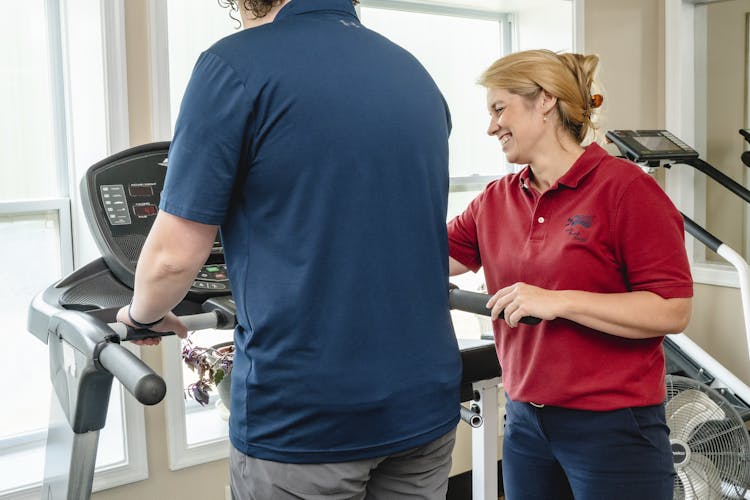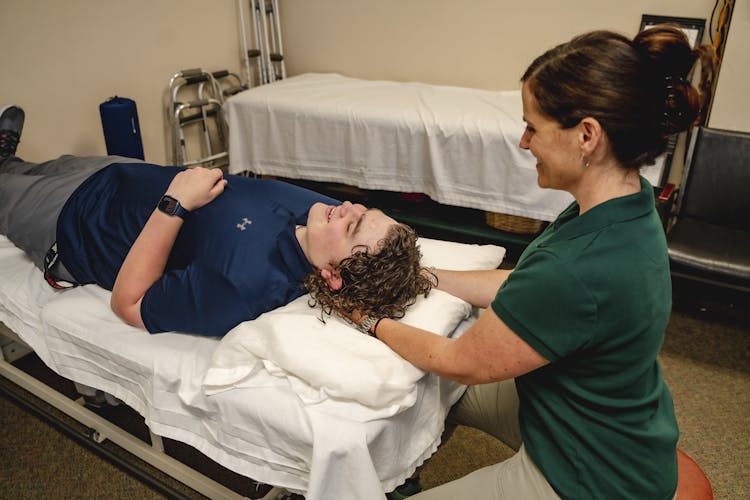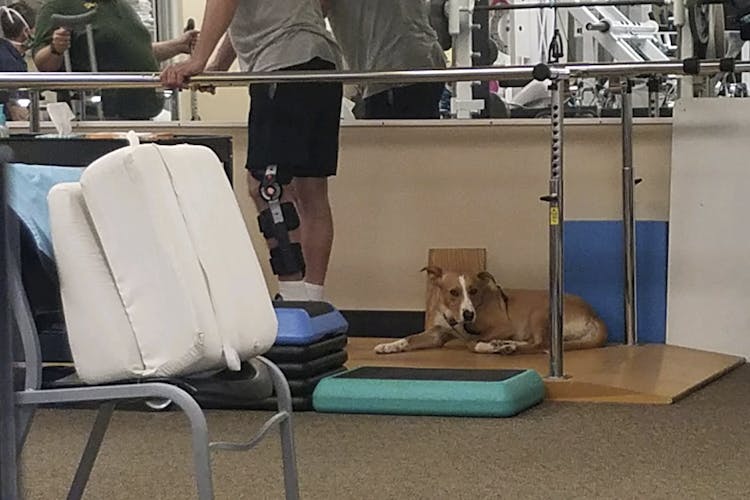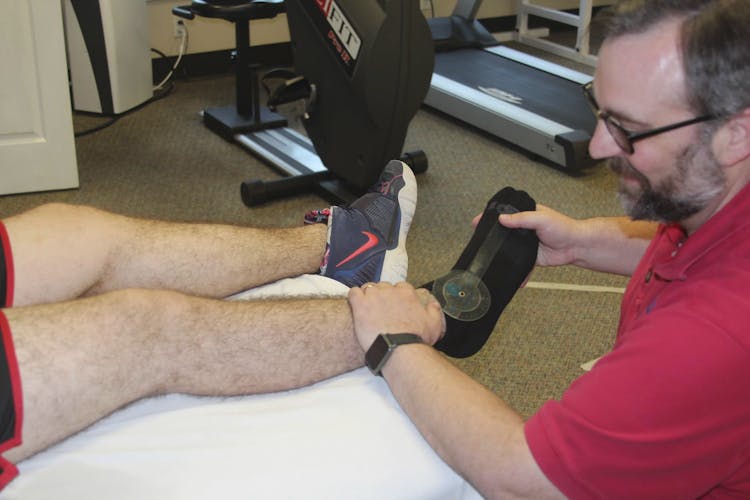Pre-Surgery Physical Therapy
Whether you are going to have a joint replaced or an ACL injury repaired, rehabilitation before surgery with a physical therapist can help:
- Relieve pain
- Restore range of motion
- Shorten your hospital stay and recovery time
Physical Therapy before surgery can help you regain strength, flexibility and motion in the joints and muscles near your injury. Studies show when this is possible, it leads to faster recovery with better outcomes.
Recovering your mobility after a major surgery is challenging no matter what type of surgery you experience. Starting physical therapy before surgery will strengthen your body and give you an indication of the kind of work you will have to do after surgery to regain your movement.
Post-Surgery Physical Therapy
Surgeons routinely refer post-surgical patients to our physical therapists to help them recover strength, function and mobility.
Our therapists provide one-on-one, evidence-based physical therapy treatment sessions to help facilitate your recovery and return to activities of daily living (ADLs), work, recreational activities and even competitive sports.
The rehabilitative process depends on the injury and type of surgery. We help patients recover and rehabilitate from a variety of orthopedic post-operative procedures, including:
- Knee, hip and shoulder joint replacements
- Reconstruction of any one or more of the four major knee ligaments: anterior cruciate ligament (ACL), medial collateral ligament (MCL), posterior cruciate ligament (PCL), and lateral collateral ligament (LCL)
- Arthroscopic knee surgeries (such as meniscectomies, meniscal repairs)
- Ligament and tendon repair, including Achilles tendon repairs
- Arthroscopic hip surgeries (such as labral repairs)
- Nerve releases (such as cubital tunnel, radial tunnel, carpal tunnel, tarsal tunnel)
- Neck and back surgery (such as fusions, laminectomy, decompression and discectomy)
- Nerve compression release
- Bone or joint fusion (arthrodesis)
- Tendon transfers
- Surgical fixation of fractures, including open reduction and internal fixation (ORIF), a two-part surgery used to fix broken bones where the broken bone is reduced (put back into place) and an internal fixation device is placed on the bone (e.g., screws, plates, rods or pins) to hold the bone together
- Shoulder post-surgical recovery for rotator cuff tears, labral tears, superior labrum anterior and posterior (SLAP) tear or lesion, arthroscopy and more
- Manual therapy
- Soft tissue and/or joint mobilization
- Muscle energy
- Gait and balance training
- Transcutaneous electrical nerve stimulation (TENS) – electrical muscle & nerve stimulation
- Therapeutic exercise and functional strength training
- Ultrasound
- Functional re-education
- Rehabilitative exercises to help increase strength, endurance, motion, balance and coordination





